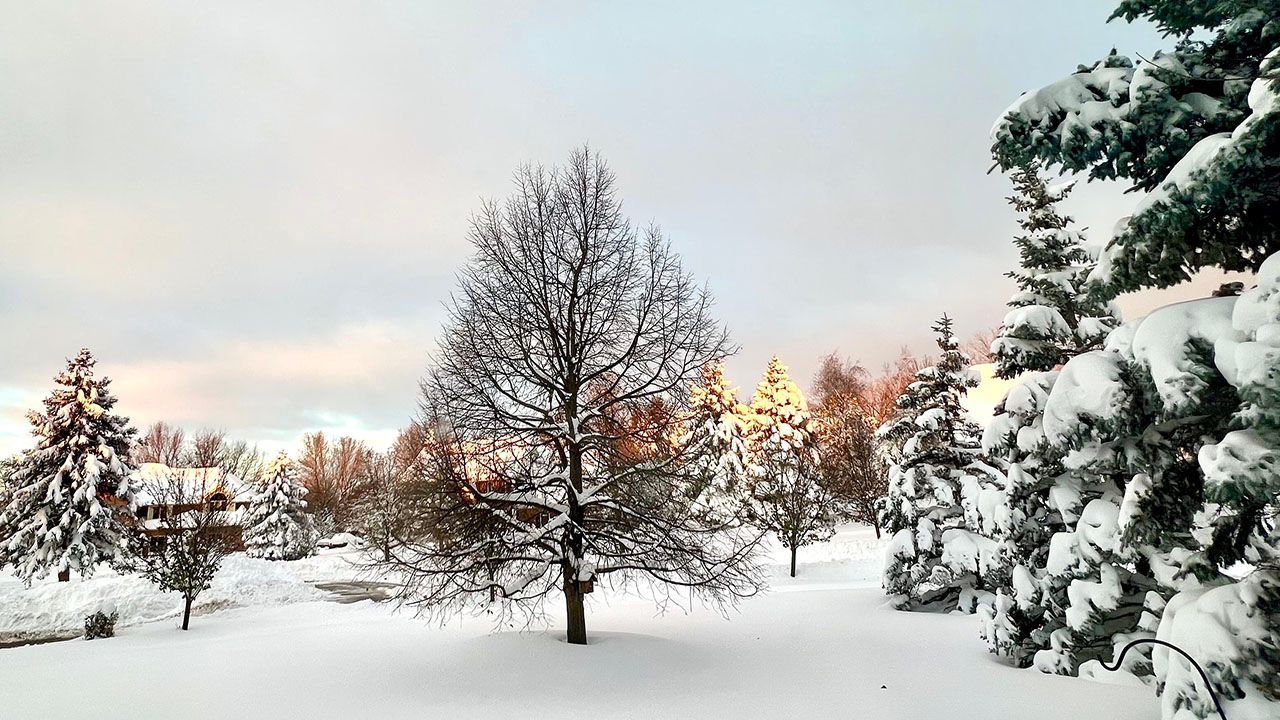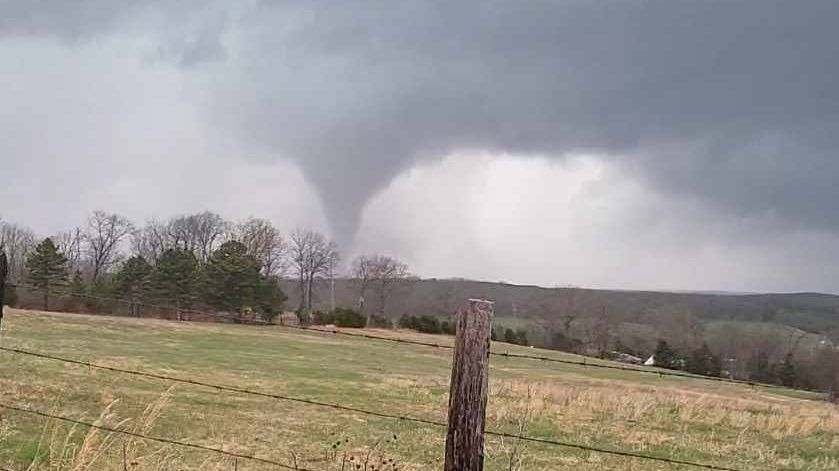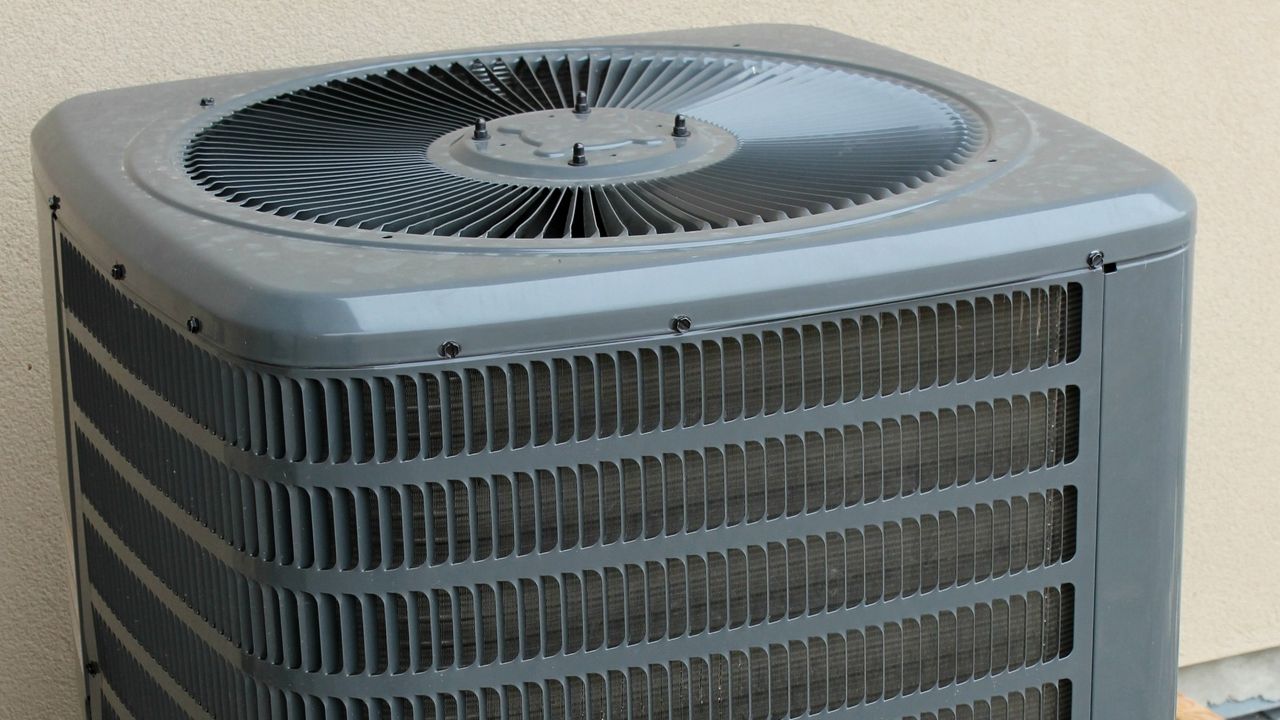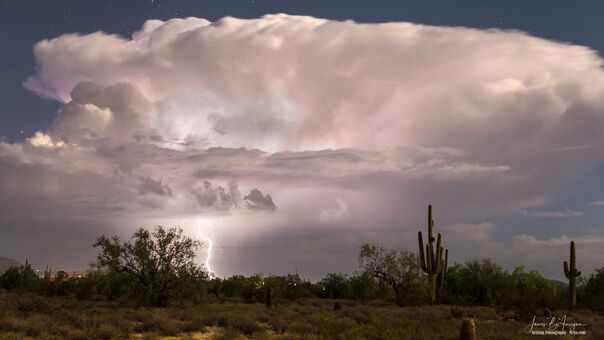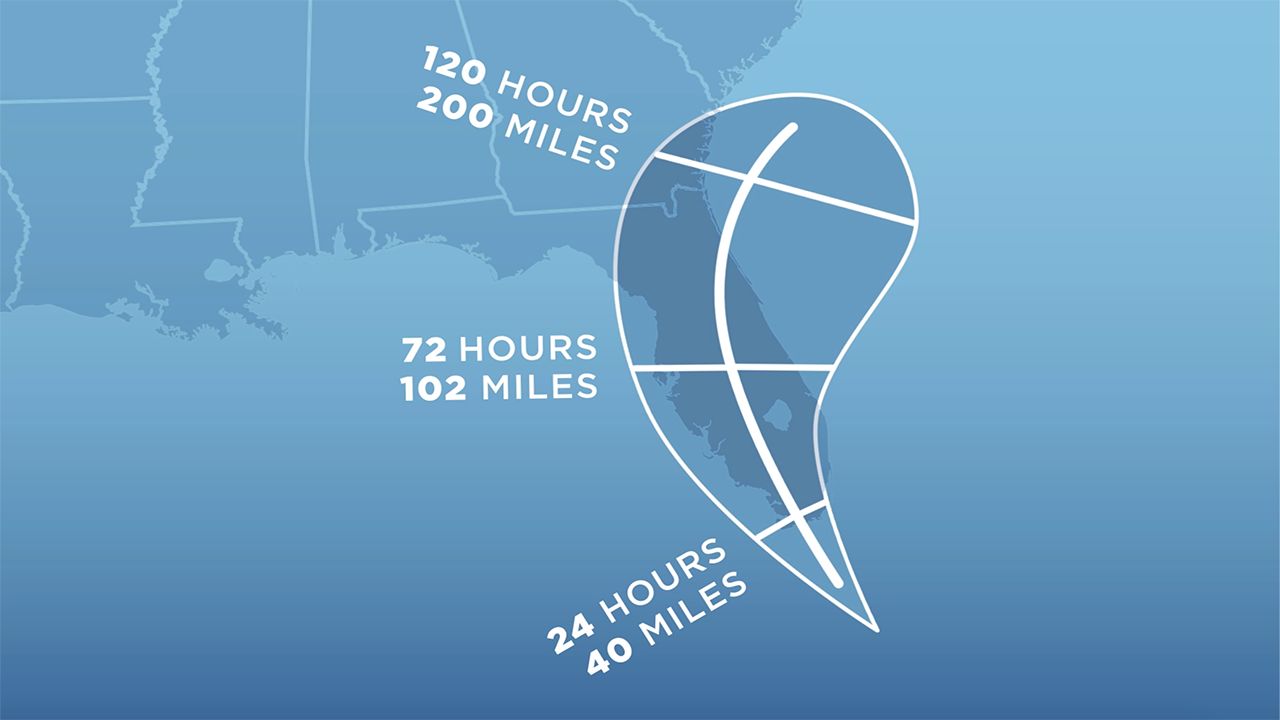The term "Alberta Clipper" is probably one you've heard your local meteorologist say each winter.
Clipper systems are one of the most frequent widespread snow producers in the Upper Midwest and Northeast during the winter.
These fast-moving snow makers form on the eastern side of the Canadian Rockies after an area of low pressure moves onshore into the province of British Columbia.
These storms develop over Alberta, hence the name "Alberta Clipper." From there, clipper systems usually follow a similar path as they head eastward. They first move over the Upper Midwest and Great Lakes before eventually diving southward into the Northeast.
Because Alberta Clippers pass mainly over land, there's not a lot of moisture associated with these storms. As a result, they typically generate less snow compared to other types of systems, such as nor'easters. Although they can still bring impacts, including hazardous travel conditions.
In general, snow totals from clippers usually range between 1 to 3 inches for most, but in higher elevations, 3 to 6 inches of snow may be possible due to orographic lift.
Since these are fast movers, snow will impact an area only for a day or less.
There are multiple factors that could allow clippers to over-perform their climatological norms. Such factors include how fast a storm is going and if there are any additional moisture sources at play, including interaction with the ocean and the potential for coastal low development.
Often times Alberta Clippers don't only bring a widespread snow event. In its wake, colder air can rush in from behind, increasing the chances for lake-effect snow downwind of the Great Lakes.
The next time you hear your meteorologist mention the possibility of an Alberta Clipper, know that a historic snow event is unlikely. Yet, it could still bring enough snow to cause difficult travel conditions.
Our team of meteorologists dives deep into the science of weather and breaks down timely weather data and information. To view more weather and climate stories, check out our weather blogs section.




